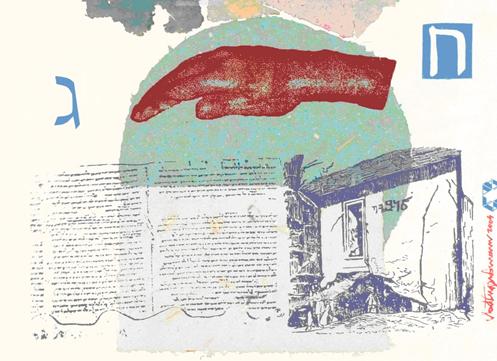The sacrifice of Abraham and their obscure visual possibilities
DOI:
https://doi.org/10.17851/1982-3053.2.2.4-12Keywords:
Sacrifice, Abraham, ArtAbstract
The biblical narrative paradigm chosen by Auerbach – which is contrasted to the Homeric episode of the discovery of the scar on the thigh of Ulysses, Odyssey–is, precisely, that of the sacrifice of Abraham. The plot prototypical by obscurity makes a glimpse of the signifier’s manifests into strange conflict with what cannot be expressed. The voice of God, as demonstrated by Auerbach, emerges from somewhere obscure, getting even so the prompt response of Abraham that, despite everything, was prepared to respond immediately and obediently to the so-called mysterious and that even is shifted, once the area of its manifestation isn’t etched in short narrative of the episode.
Downloads
References
AUERBACH, Erich. Mimesis: a representação da realidade na literatura ocidental. Trad. Jacó Guinsburg. São Paulo: Perspectiva, 1976.
A BÍBLIA DE JERUSALÉM. São Paulo: Edições Paulinas, 1992.
BENJAMIN, Walter. O narrador: considerações sobre a obra de Nikolai Leskov. In: Obras escolhidas: magia e técnica, arte e política. Ensaios sobre literatura e história da cultura. Trad. Sérgio Paulo Rouanet. São Paulo: Brasiliense, 1985.
BORGES, Jorge Luis. Obras Completas. Vol. IV. Vários tradutores. São Paulo: Globo, 1999.
EURÍPEDES. Ifigênia em Áulis. As Fenícias. As Bacantes. Trad. Mário da Gama Kury. Rio de Janeiro: Jorge Zahar, 1993.
KIERKEGAARD, Sören Aabye. Temor e tremor. Rio de Janeiro: Ediouro, S/D.
Downloads
Published
How to Cite
Issue
Section
License
Os direitos autorais pertencem exclusivamente aos autores. Os direitos de licenciamento utilizados pelo periódico é a licença Creative Commons Attribution 4.0 (CC BY 4.0): são permitidos o compartilhamento (cópia e distribuição do material em qualquer meio ou formato) e adaptação (remix, transformação e criação de material a partir do conteúdo assim licenciado para quaisquer fins, inclusive comerciais.






